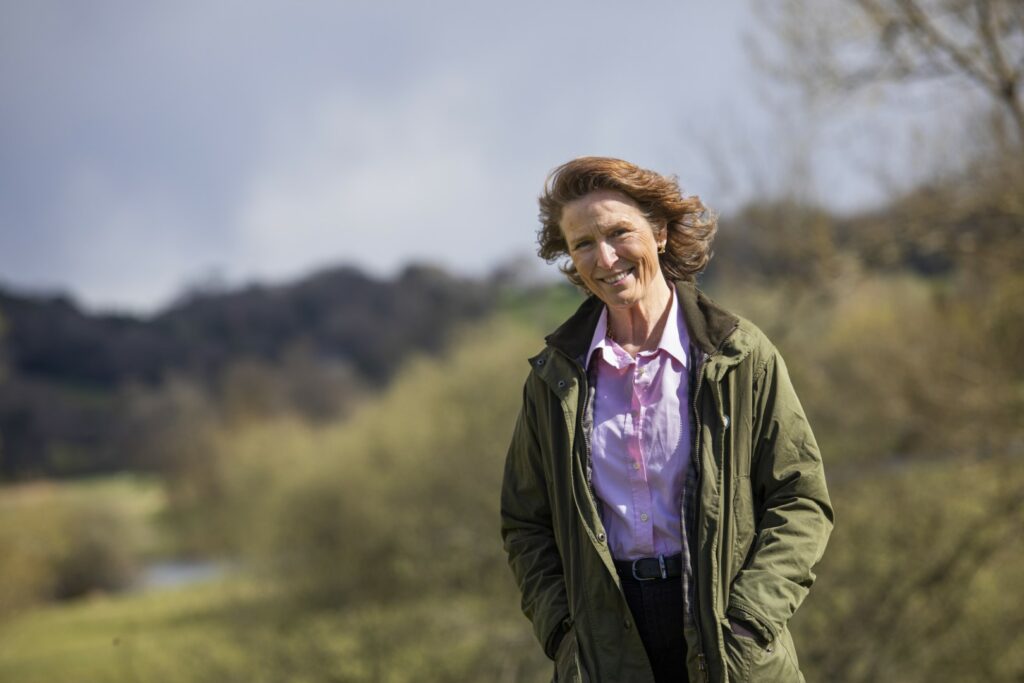Read below the official press release for the launch of Peakland Environmental Farmers:
A group of hill farmers has created a pioneering environmental cooperative to protect against the effects of climate change and boost wildlife, alongside sustainable livestock production.
Peakland Environmental Farmers (PEF) has 54 farmers on board, covering over 28,000 hectares of upland in the Peak District National Park.
The innovative collective will enable farmers and landowners to protect and enhance the natural environment in the Peak District, and offset losses from the withdrawal of existing farming support schemes. It will do this by seeking investment from public and private partnerships, combining ELMS (the new agri-environment scheme for farmers) agreements with environmental offset trades and other sources of green finance.
Conservation work undertaken by the members includes hedgerow planting, protection of water courses, conservation of species-rich habitats, enhancing soil health, sustainable game management, creation of wildlife ponds, peatland restoration and rewetting and reducing the impact of invasive species such as bracken.
James Howard, of Lane Farm in the village of Holme, can trace his family back through 16 generations farming a mixed upland landholding, with native breeds of sheep and cattle. He said:
“We are proud of the way we produce food sustainably while protecting the natural environment. Joining forces offers an opportunity to make people aware of the benefits of environmentally-focused farming and to deliver these outcomes across a larger area. The Peak District is celebrated for its natural beauty but many people don’t realise that our approach to farming has played a major part in protecting and enhancing this landscape.
“Going forward we also have a role to play in ensuring that schemes devised by policymakers are workable and will achieve their objectives – farmers have the experience to know what works in any particular landscape so we can make an enormous contribution to the benefits we all want to see.”
The loss of agricultural subsidies will have a major impact on the farming community and within this area of the Dark Peak and South West Peak all traditional funding will have disappeared by the end of 2027, leaving farmers very much in the red.
The first funding cuts are being experienced now and 50 per cent of the payment will be gone by 2024.
The PEF has been convened with the help of the Game & Wildlife Conservation Trust and is supported by the Moorland Association and NFU.
Teresa Dent, chief executive of the Game & Wildlife Conservation Trust, said: “The fact that over 50 farmers and land managers have expressed interest in joining the PEF is a wonderful testament to their commitment to deliver really good environmental outcomes alongside sustainable farming and food production. GWCT is delighted to work with these farmers, many of whom are already in two very successful Farmer Clusters. With the Basic Payment Scheme reducing to 50% by 2024 and gone completely by the end of 2027, it will be vital to find new sources of income to allow the farmers to afford to do this environmental work. That’s what the PEF is all about, to put the farmers in the best position to deliver good environmental outcomes and to be fairly rewarded for doing that. It’s a win-win for the environment and for a financially viable rural economy.”

The goals set out by the government as future priorities for farming include: biodiversity net gain, carbon storage, provision of clean water, wildfire risk mitigation and natural flood management. The group believes its members can and will make a major contribution to delivery of these public goods.
Chloe Palmer, a member of Peakland Environmental Farmers and facilitator for the Hope Valley and Bradfield Farmers’ groups said: “Two of the clear benefits of land management in the Peak District are clean water and protection of habitats. We have some of the cleanest rivers in England in this area and we have high quality habitats providing a haven for many species of birds including red listed waders. By the end of this season farmers in the Hope Valley and Bradfield area will have planted seven kilometres of hedgerows in the past five years, an important habitat for birds, small mammals, insects and amphibians and also a means to capture carbon. The landscape here has always benefited from low-intensity, sustainable farming and game management which has resulted in the species-rich landscapes we see today. Soil health is a key priority for our farmer groups and many farmers have used aerators to improve soil health and help reduce water run-off.”
The area covered by the group coincides with the National Character Areas defined by Natural England. Much of the land is designated as either a European Special Protection Area, a Special Area of Conservation, or a Natural England Site of Special Scientific Interest, whether for rare wildlife, plants or landscape features.
How upland farmers are pooling resources to plug funding gap – Farmers Weekly (fwi.co.uk)